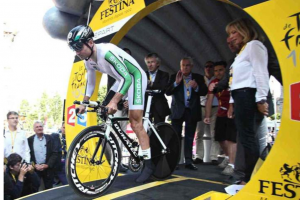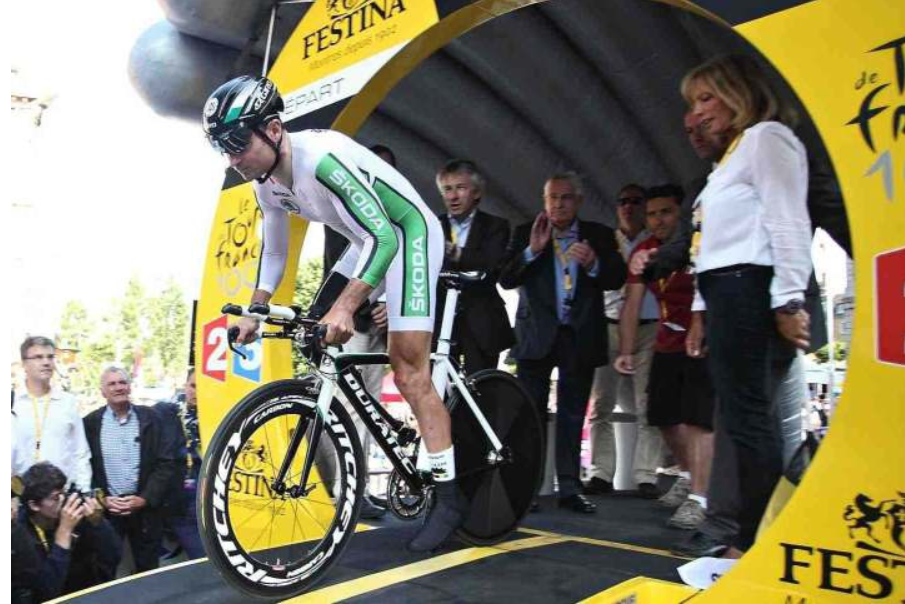A few years ago, I had the pleasure of spending a few summers with a world champion (para) Jiri Jezek. His philosophy on training was “more is better” when it came to base kilometers, and was regarded amongst able-bodied professionals as the man who set the bar to base km’s by any professional. During the Brisbane floods, he would still manage 6 hours a day minimum and would curiously ask why we wouldn’t join him “it’s not like the rain is cold here”. Strava was in its infancy, and not everyone used it as they would nowadays. I was an early adopter, and my Garmin even had altitude on it (rare in those days).
I noticed a pattern, thinking it was a coincidence, but when I asked Jiri about it later he clarified that it was not by accident. He had an altitude watch but no Garmin, and had set targets for altitude gain. This is the basis of the 1% rule, and that was how it began.

Rule: If your altitude gained for a ride does not exceed 1% of the distance traveled, you have not “trained”. You have “healthy lifestyled”.
Eg. if you ride 100km, you need to have seen 1000m, in altitude gain in order to claim you have trained.
There are some exceptions to the rule, like if you have trained on the velodrome doing efforts, or on a stationary trainer where altitude cant be calculated.
It’s fair to say that this rule applies most clearly to base kilometers, as it becomes increasingly popular to do wattage based efforts on flat roads, but I am of the opinion that the rule stands. Do your efforts on more varied terrain.

This is one of the ways I quantify what sort of rider I am dealing with. There is an amazing correlation between people who ride at less than 0.5% and have saddle pain, which isn’t present on rides above 1%. Actually putting pressure down on the pedals lifts pressure from the contact points, and makes you a stronger cyclist at the same time as a second positive side effect.
It should be noted, that there is a huge diference in difficulty between a 1%. 1.5% and 2% ride.
To put that into perspective: Springbrook (bridge to bus stop) is 4.7% average grade to ride up, but by the time you rode from the bottom of the climb to the Bus Stop and back down to the bottom, you would only have an average of 2.35% as there was no altitude gained, but there was the same distance traveled.

